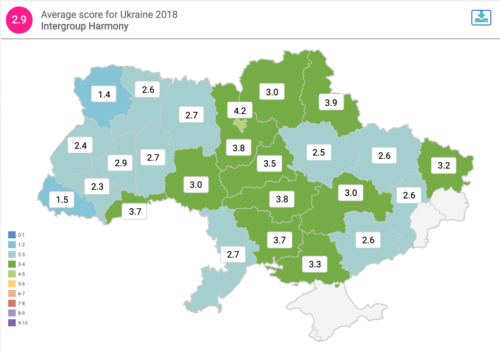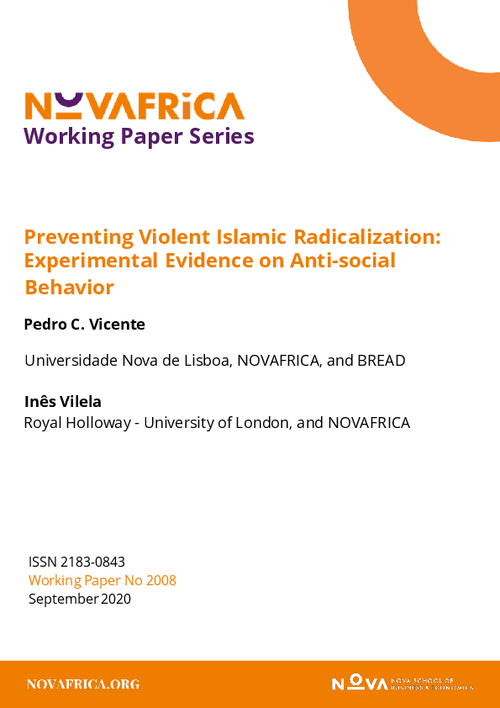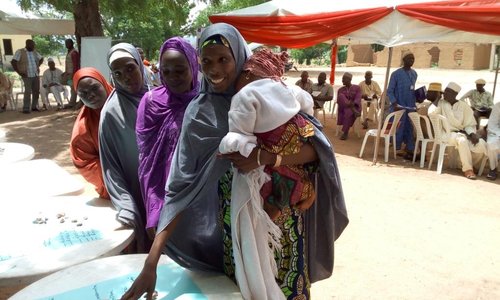UNDP Conceptual Framework of Social Cohesion
Key facts
Identity/feeling of belonging
Participation
Equality/Inequality
Orientation towards the common good
Solidarity
Shared values
Cooperation
Tolerance
Connectedness
Other (adding human security)
Vertical dimension (between individuals or groups and institutions)
Overview
“Social cohesion is the extent of trust in government and within society and the willingness to participate collectively toward a shared vision of sustainable peace and common development goals”.
(This definition does not connote a formal UNDP definition of the term social cohesion.)
UNDP conceptualizes social cohesion along two dimensions: vertical social cohesion, which concerns relations between citizens and their governments and horizontal social cohesion, which concerns relations between citizens and within and between groups of society.
Vertical or state-centered social cohesion describes the degree of trust in national, subnational, or local governments and institutional processes, e.g. elections, access to justice and public services. It is reflected in the ability of governments to ensure effective service delivery, promote inclusive political processes and public policies, and the trust, legitimacy and confidence that citizens ascribe to governments, institutions and political processes. Horizontal or society-centered social cohesion describes the sense of trust, relationships and interactions among citizens across different identities or other social constructs, and in the way that social organizations, civil society and social institutions exhibit a sense of interdependency and ‘common destiny’. These horizontal relationships include bonding social capital, i.e. trust and attachment within groups with shared commonalities; bridging social capital, i.e. relationships and networks that extend across groups and societal divisions; and linking social capital, i.e. the cooperation across societal organizations, institutions, and leaders, such as inter-faith religious organizations.
Vertical and horizontal social cohesion include both objective aspects, such as networks and inclusive societies, and subjective elements, e.g. attitudes, values, and beliefs of citizens towards the state and other groups of societies.




